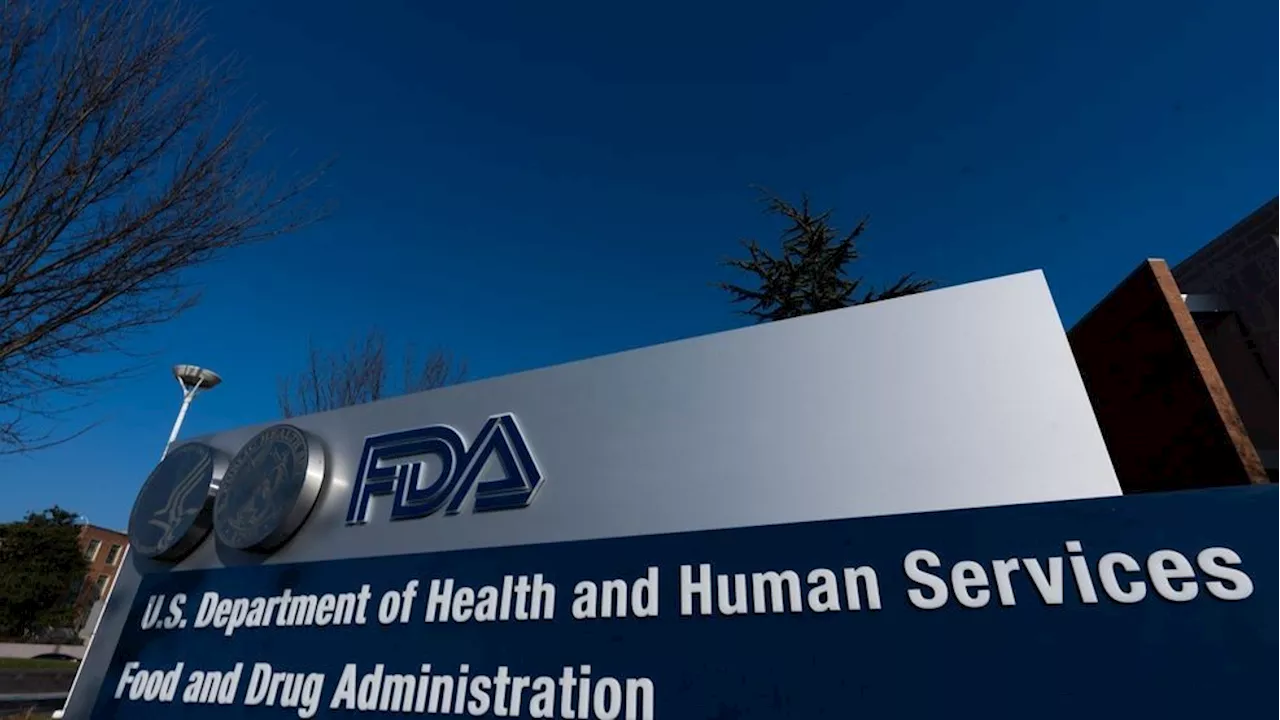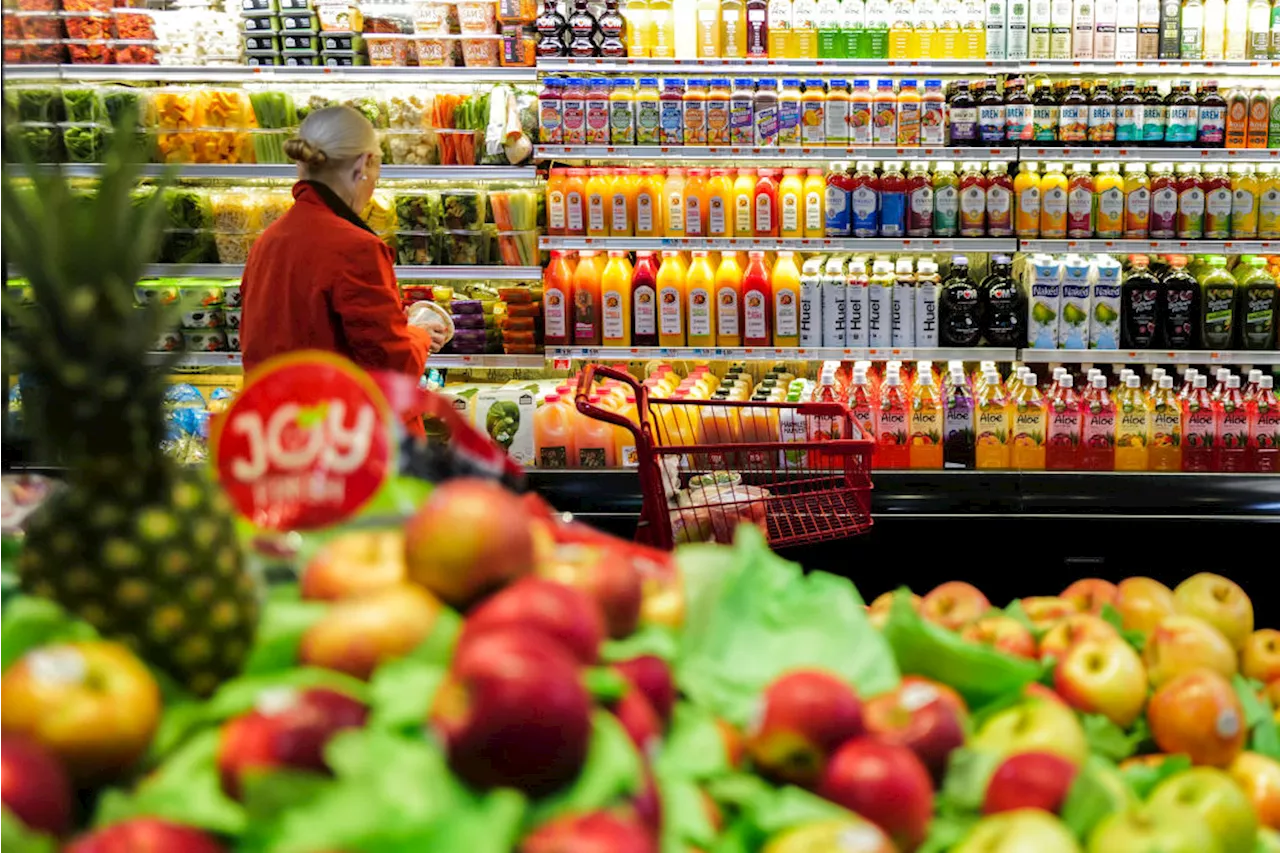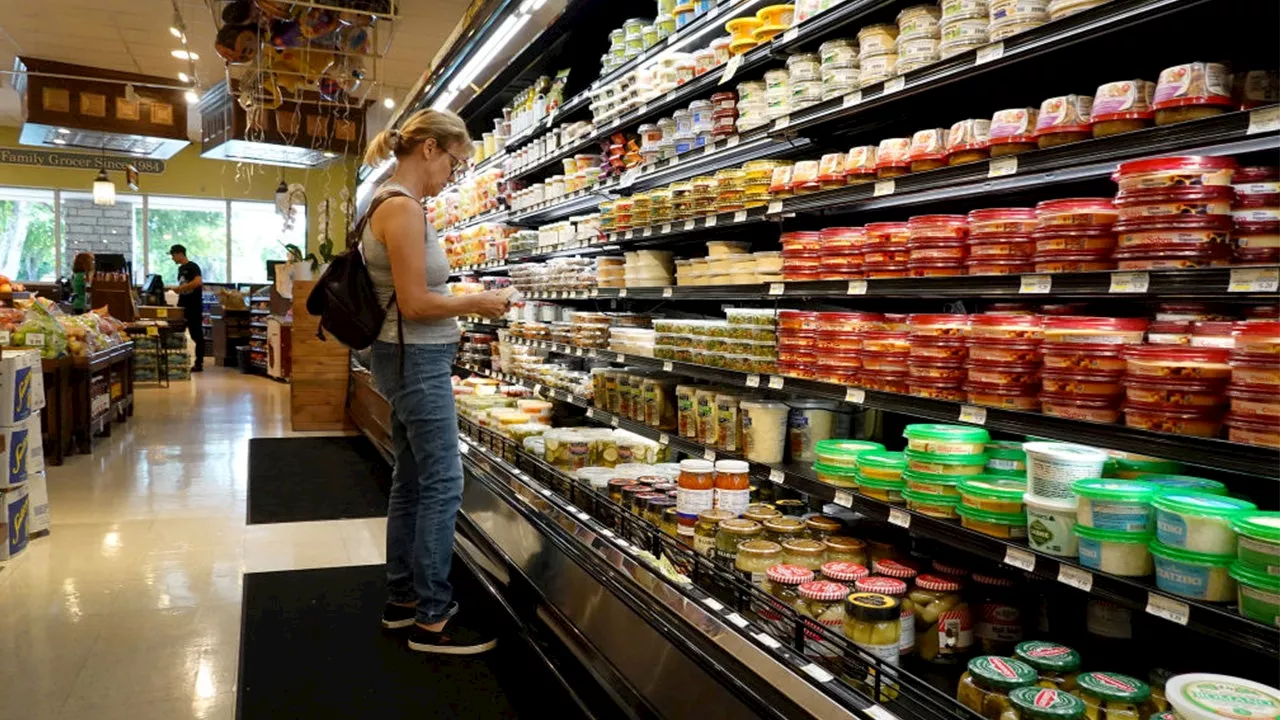The US Food and Drug Administration (FDA) is asking manufacturers to update labeling for transmucosal buprenorphine products to allow for higher doses, addressing the growing need for stronger treatment options against high-potency opioids like fentanyl. The current labeling, misinterpreted by some clinicians and payers, restricts dosages, potentially hindering effective treatment.
The US Food and Drug Administration is urging manufacturers to revise labeling of transmucosal buprenorphine products to ease access to higher doses needed due to the rise of high-potency opioids like fentanyl.in the Federal Register in late December. The move comes on the heels of increasing evidence that some clinicians, and many payers, are taking the current labeling too literally, and either not giving patients enough of the medications or denying payment for higher doses.
“This is an important step forward because it’s recognizing that the drug supply has changed,” said Melissa Weimer, MD, associate professor of medicine and public health at Yale School of Medicine, New Haven, Connecticut.
Weimer said the use of higher-dose buprenorphine has evolved quickly. As her practice began seeing more people using fentanyl, starting in 2019, higher doses of buprenorphine were needed to stabilize them “and to reduce their return to opioid use.” Most need 24 mg daily, and “some individuals were needing even higher doses,” Weimer noted.document to help guide clinicians treating individuals who use high-potency opioids like fentanyl.
Many states have restrictions on buprenorphine prescribing, such as mandated counseling and drug testing for recipients, according to Vital Strategies. Some research indicates that mandated counseling may inhibit access to treatment access, but 14 states and the District of Columbia require counseling for some or all buprenorphine patients, the
Buprenorphine Fentanyl Opioid Crisis FDA Labeling
United States Latest News, United States Headlines
Similar News:You can also read news stories similar to this one that we have collected from other news sources.
 Higher Interest Rates 'Higher for Longer' in 2025: Good News for Savers, Bad News for BorrowersThe Federal Reserve projects a slower pace of interest rate cuts in 2025, signaling a 'higher for longer' interest rate environment. While this benefits savers, borrowers face increased costs. Experts weigh the implications for consumers.
Higher Interest Rates 'Higher for Longer' in 2025: Good News for Savers, Bad News for BorrowersThe Federal Reserve projects a slower pace of interest rate cuts in 2025, signaling a 'higher for longer' interest rate environment. While this benefits savers, borrowers face increased costs. Experts weigh the implications for consumers.
Read more »
 Social Security Fairness Act: Higher Payments, Higher Taxes for SomeThe Social Security Fairness Act, aiming to increase payments for millions of Americans, eliminates two provisions that previously lowered payments for pension workers and their spouses. However, the increased payments could lead to higher tax liabilities for some recipients.
Social Security Fairness Act: Higher Payments, Higher Taxes for SomeThe Social Security Fairness Act, aiming to increase payments for millions of Americans, eliminates two provisions that previously lowered payments for pension workers and their spouses. However, the increased payments could lead to higher tax liabilities for some recipients.
Read more »
 FDA Redefines 'Healthy' Food LabelThe FDA has updated its definition of 'healthy' for food labels, prioritizing whole foods and restricting added sugars and saturated fats. This change impacts breakfast cereals and other processed foods, while allowing fruits and vegetables to qualify as 'healthy'.
FDA Redefines 'Healthy' Food LabelThe FDA has updated its definition of 'healthy' for food labels, prioritizing whole foods and restricting added sugars and saturated fats. This change impacts breakfast cereals and other processed foods, while allowing fruits and vegetables to qualify as 'healthy'.
Read more »
 FDA releases proposal for front label nutrition facts on food packagingThe Food & Drug Administration released its long-awaited proposal today requiring food manufacturersput some nutritional facts on the front of products.
FDA releases proposal for front label nutrition facts on food packagingThe Food & Drug Administration released its long-awaited proposal today requiring food manufacturersput some nutritional facts on the front of products.
Read more »
 FDA Overhauls 'Healthy' Food Label GuidelinesThe Food and Drug Administration (FDA) is updating its definition of 'healthy' for food labels, focusing on the inclusion of nutritious ingredients rather than the exclusion of certain nutrients. The new guidelines prioritize foods rich in whole grains, dairy, eggs, beans, lentils, seafood, lean meat, nuts, and seeds, as long as they have limited added sugar, salt, and saturated fat. This shift aims to provide clearer guidance for consumers navigating nutrition labels.
FDA Overhauls 'Healthy' Food Label GuidelinesThe Food and Drug Administration (FDA) is updating its definition of 'healthy' for food labels, focusing on the inclusion of nutritious ingredients rather than the exclusion of certain nutrients. The new guidelines prioritize foods rich in whole grains, dairy, eggs, beans, lentils, seafood, lean meat, nuts, and seeds, as long as they have limited added sugar, salt, and saturated fat. This shift aims to provide clearer guidance for consumers navigating nutrition labels.
Read more »
 FDA Updates 'Healthy' Food Label DefinitionThe FDA is updating its definition of 'healthy' foods after 30 years, aiming to help consumers make healthier choices. The new rule includes limits on added sugars, sodium, and saturated fat, and allows foods like avocados, olive oil, and salmon to be labeled as 'healthy'.
FDA Updates 'Healthy' Food Label DefinitionThe FDA is updating its definition of 'healthy' foods after 30 years, aiming to help consumers make healthier choices. The new rule includes limits on added sugars, sodium, and saturated fat, and allows foods like avocados, olive oil, and salmon to be labeled as 'healthy'.
Read more »
